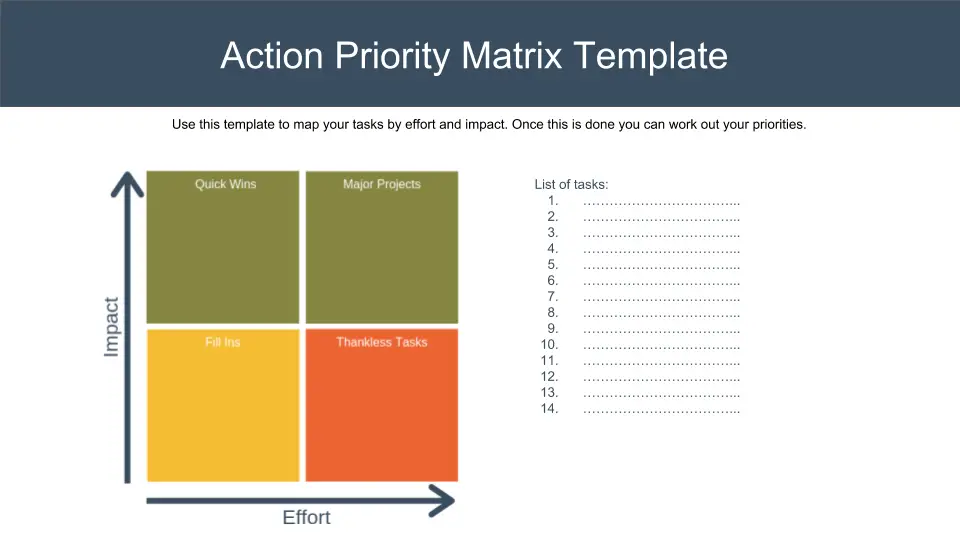

The next step is to assess each of the options against the criteria that have been established. These options can come from brainstorming sessions, research, or input from stakeholders. Once the criteria have been identified, it is time to identify the potential options that could address the problem or opportunity. It is important to ensure that all of the criteria are weighted equally so that no one factor unduly influences the final decision. This can include factors such as impact, feasibility, and stakeholder buy-in.

The next step is to identify the criteria that will be used to assess the options. This will help to ensure that all of the options that you consider are relevant to the issue at hand. The first step in creating a prioritization matrix is to define the problem or opportunity that you are trying to address. How do you create a prioritization matrix? 1. Ultimately, the goal of the prioritization matrix is to help make sure that the right things are given the right amount of attention. A prioritization matrix for a task might consider factors such as difficulty, importance, and urgency. For example, a prioritization matrix for a project might consider factors such as timeline, budget, risks, and benefits. You can customize the matrix to fit the specific needs of the situation. It can be used to weigh and compare different factors, such as risks, benefits, costs, and stakeholder interests.Ī prioritization matrix can also be used to identify the most important factors that need to be considered when making a decision. What is a prioritization matrix?Ī prioritization matrix is a tool that can be used to help prioritize projects, tasks, or objectives. Use this activity to evaluate and prioritize new ideas, strategic directions, ideal target audiences, and more. About this 2x2 prioritization matrix templateĢx2s provide a visual way for teams to build shared understanding and make collective decisions for moving ideas forward.


 0 kommentar(er)
0 kommentar(er)
